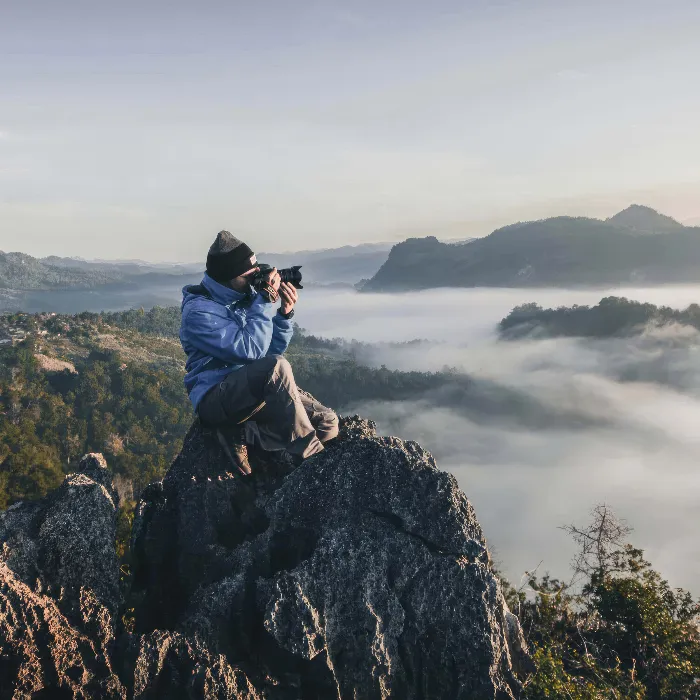You are at the beginning of your photographic journey and quickly notice that light plays a crucial role. It not only determines the brightness of your shots but also influences the mood, colors, and textures in your images. In this chapter, you will learn everything important about light sources and their properties. Let's dive right into the fascinating world of light.
Key Insights
- Light is the central element in photography.
- You differentiate between natural and artificial light sources.
- Different light sources have various impacts on photography.
- The right application of light can significantly enhance the quality of your images.
Step-by-Step Guide
What Makes Light So Important?
Light is the foundation of every photography. Without light, there are no images, as everything would be hidden in darkness. You can imagine that light determines the “color” of your photography. Think about what a shot would look like without light: completely black and unremarkable. This fundamental element is your most important ally when photographing.

Natural Light Sources
Let's start with the sun, the largest and most significant natural light source. When you photograph outdoors, sunlight is your best friend. It provides a warm, soft light that highlights the natural beauty of the surroundings. Pay attention to how the light changes at different times of the day and how these changes affect your images.
Artificial Light Sources
On the other hand, there are artificial light sources. They are no less important and can often be improvised. A simple ring light or flash can add a whole new dimension to your image. Consider what type of artificial light you can use to create the desired mood.
Properties of Light
Each light source has its own properties. For example, sunlight behaves very differently than that of a ring light. While sunlight often has a warm tone, artificial light can vary in color and intensity. It is important to understand the characteristics of different light sources to get the best out of your shots.
Application of Light in Photography
Now that you have understood the basics of light, you may be wondering how to apply this knowledge in practice. The best way to start is by experimenting in different lighting conditions. Expose your camera to various light sources and observe the impact they have on your subject. The proper application of light is the key to impressive photos.
Summary – Light in Photography: Basics and Application
In this guide, you have learned the basics of light in photography. You now know that light is crucial when it comes to the quality and mood of your images. With the knowledge of natural and artificial light sources, you can begin to train your photographic eye and significantly improve your shots.
Frequently Asked Questions
What is the most important light source for photography?The sun is the most important natural light source, followed by various artificial light sources.
How can I use artificial light in photography?Artificial light can be used in the form of flash units or lamps to create targeted effects.
What should I consider when choosing a light source?Pay attention to the properties of light, such as color temperature and intensity, to achieve the best results.


